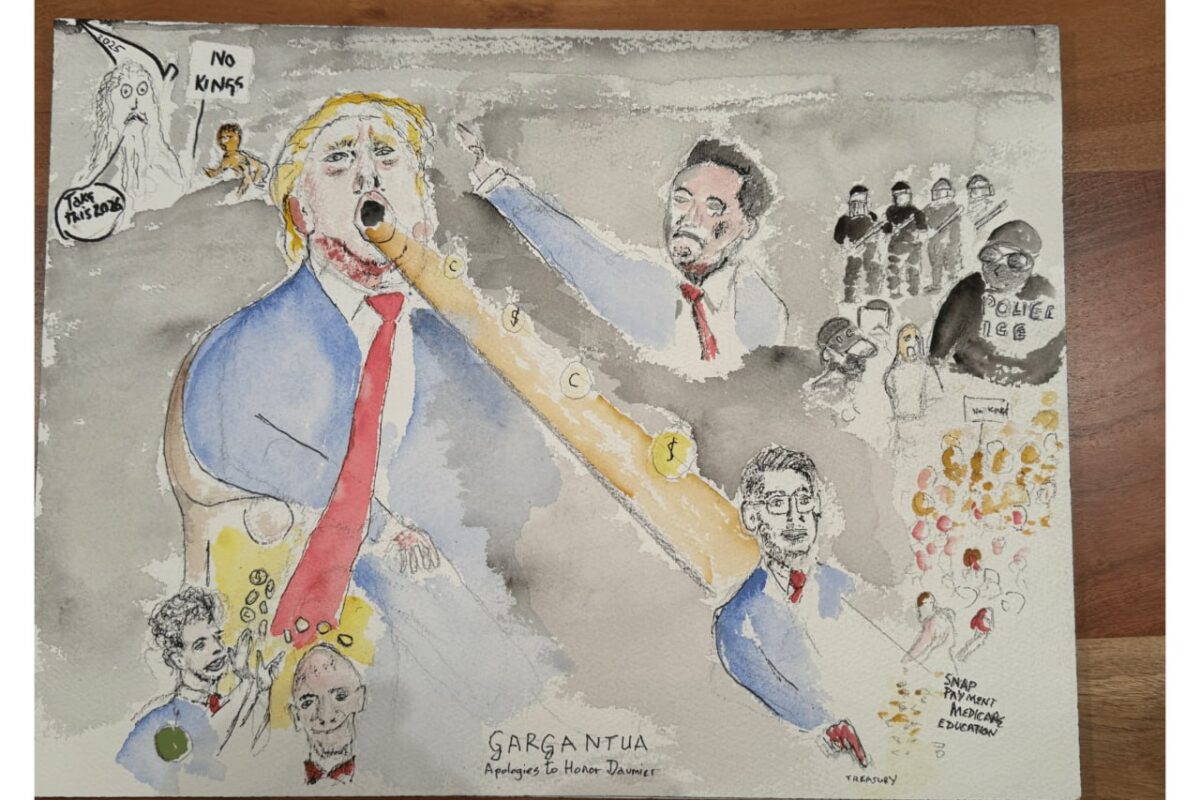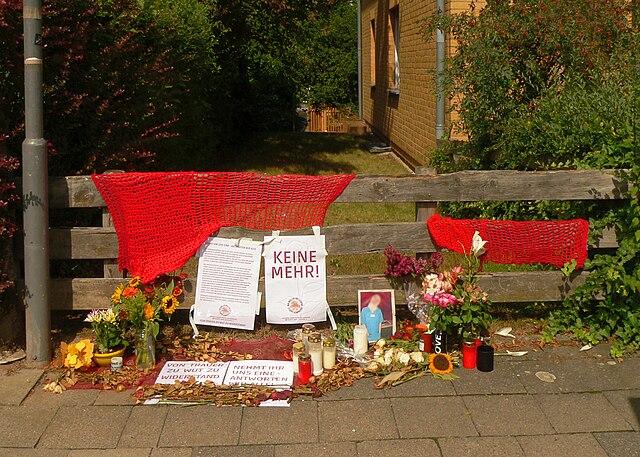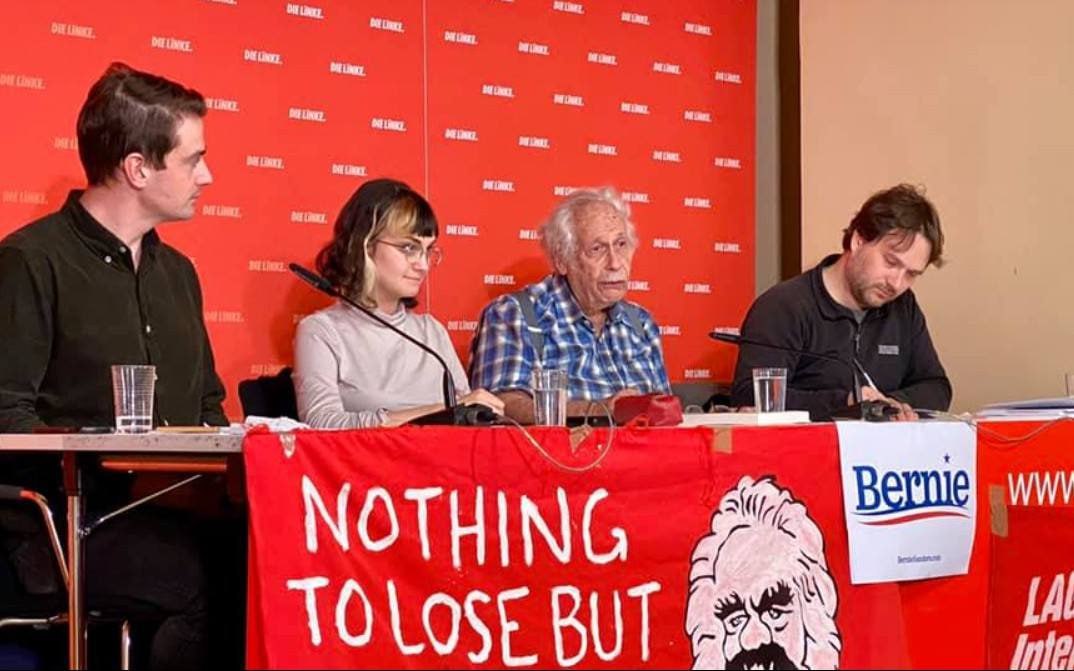Rebellious Daughters of History #37
by ,,Judy Cox

The fire last time: Ada Wright and the Scottsboro Boys
On March 25, 1931, nine young Black men—Haywood Patterson, Clarence Norris, Charlie Weems, Andy and Roy Wright, Olin Montgomery, Ozie Powell, Willie Roberson, and Eugene Williams—were arrested for raping two white women on a train in Paint Rock, Alabama. The teenagers were taken to Scottsboro, Alabama where all but one, Roy Wright aged just 13, were tried, convicted, and sentenced to death.
The Scottsboro Boys case galvanized an international movement organised by the Communist Party and the Labor Defense League. At the heart of this movement was Ada Wright, mother of Andy and Roy.
Ada struggled to survive on wages five dollars a week so, like thousands of others, she allowed her sons Andy, 19, and Roy, 12, to go look for work.
Ada had never left rural Tennessee but now her two sons were facing the electric chair, she faced down racist sneers to tour the US and Europe fighting for justice.
There were demonstrations for the Scottsboro Boys at US embassies in Europe. In June 1931 protestors smashed windows at the U.S. embassy in Berlin.
In London, Communists organised among the black and Asian dock workers in East London and black organisations. In February 1932, 2,000 marched from the Thames to Hyde Park. In April supporters marched from Poplar and Bermondsey to the US embassy.
Ada spoke in Greenwich and in Willesden, she spoke before a crowd estimated at five hundred. Crowds greeted Ada in Bristol and Dundee, singing the “internationale.” She spoke in Kirkcaldy, Lockerbie, Springburn, Glasgow, and Manchester.
Communist leader Shapurji Saklatvala addressed Ada’s farewell at Shoreditch church: “The British workers have shown by their reception to Mrs. Wright that they have broken down the barriers dividing them from the negro races.” A thousand marchers took her to Liverpool Street Station when she left for Scandinavia where 10,000 people demonstrated in Copenhagen.
Ada was arrested in Kladno, Czechoslovakia, on suspicion of spreading Communist propaganda. She spent three nights in a cell before she was expelled.
Ada ended the tour in Moscow. In Red Square, tens of thousands of workers crowded the streets with banners, calling for freedom for the sons of Ada Wright and the collapse of the world imperial order.
Ada gave interviews to The Woman Worker, an American CP magazine. In August 1934 Woman Worker featured an article titled “Think of Them” with the faces of four of the Scottsboro. Ada wrote an article in which she described the prison conditions the young men experienced, the lack of food, and their mistreatment at the hands of guards.
The case went to the US Supreme Court in 1937, and the lives of the nine were saved, though it was almost 20 years before the last defendant was freed from prison.
The trial of the Scottsboro Boys is one of the high points of American radicalism, when a mass movement of blacks and whites—led by Communists—successfully beat the racist Jim Crow legal system.

Black Britain Rising: Claudia Vera Jones (1915-1964)
Claudia Cumberbatch was born in 1915 in Port-of-Spain, Trinidad, a British colony. Her family emigrated to New York City in 1922. Her mother, who worked in a garment factory, died in 1927.
As a student, Claudia joined the campaign to save the lives of the Scottsboro Nine, who were falsely accused of raping two white women in Alabama. The young African-American men only escaped execution because of the campaign by the Communist Party.
Claudia was a brilliant student but she had to take on unskilled jobs in laundries, factories and shops.
In 1932, at the age of 17, she contracted tuberculosis which shortened her life.
She became deeply involved with left politics and joined the Young Communist League in 1936. She became a staff writer for the Daily Worker, and a Communist Party organiser in Harlem.
By the early 1940s, Claudia served on the National Council of the YCL, and the editorial board of the Weekly Review. In 1945, she was appointed “Negro Affairs” editor of the Daily Worker and joined the Communist Party’s National Committee.
In 1950, Claudia talked about “the special discrimination facing Negro women as women, as workers and as Negroes.”
During the MacCarthyite the FBI discovered Claudia had been denied US citizenship. She was arrested on immigration charges in 1948. She was held at the notorious Ellis Island detention facility while a campaign was launched that postponed her deportation.
In 1951, Claudia was charged with violating the Smith Act, which outlawed support for overthrowing the US government. After a national campaign, she was released but was forced to leave the US to live in Britain.
In Britain, Claudia campaigned against racism in housing, education and employment. She launched the anti racist, anti imperialist West Indian Gazette, based in Brixton.
In August 1958, race riots broke out in Notting Hill. In response Claudia initiated the famous Notting Hill Caribbean Carnival.
Claudia died In December 1964, aged 49. She was buried in Highgate cemetery near Karl Marx. A message from Paul Robeson was read at her funeral:
‘She was a vigorous and courageous leader of the Communist Party of the United States, and was very active in the work for the unity of white and coloured peoples and for dignity and equality, especially for the Negro people and for women’.



